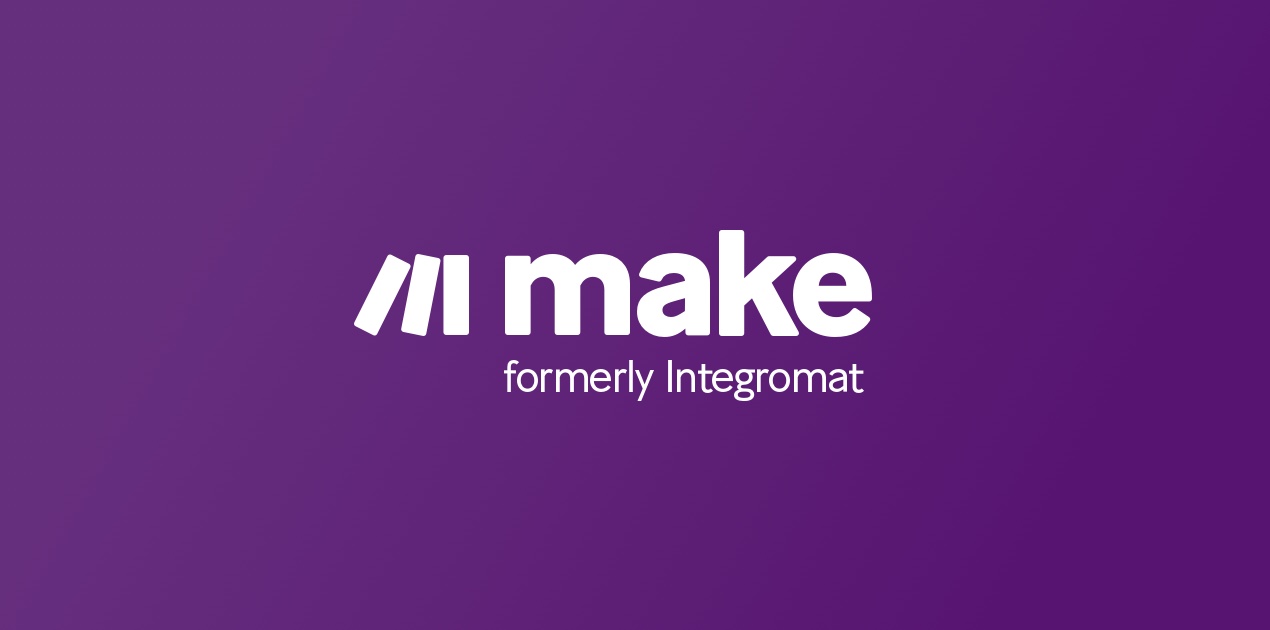1. 📝 **Gathering User Inputs:** Create an HTML form to collect the avatar settings from the user (name, language, voice, and text).
2. 🛠️ **Preprocessing Text:** Validate and clean the text input.
3. 🤖 **Script Creation using OpenAI’s GPT-3:** Feed the user’s inputs to GPT-3 to construct a script.
4. 📊 **Sentiment Analysis:** Adjust the script’s tone using a sentiment analysis tool like DeepAI.
5. 🔊 **Voice Synthesis:** Turn the approved script to speech using a text-to-speech API (like Google’s).
6. 🖼️ **Avatar Creation:** Get an avatar image that fits the user’s description using an avatar API (like Generated Photos’).
7. 🎬 **Animation:** Sync the avatar’s lip movements with the speech using an animation service (like Deepmotion’s).
8. 🎥 **Audio-Visual Integration:** Combine the avatar video and audio using FFmpeg.
9. 📝 **Approval Process:** Send an avatar preview to a channel for feedback and wait for approval.
10. 💻 **Hosting the Avatar:** Upload the finalized video to a hosting service (like AWS S3) or email it to the user.
11. 📋 **Logging:** Keep a record of the workflow for reviewing and future improvements.
12. ⚠️ **Error Handling:** Alert the maintenance team in case of workflow errors.
13. 🗣️ **Feedback Collection:** Send a survey to the user after they receive their avatar to ask for feedback.
**APIs, Scripts, and Tools Used:**
– OpenAI’s GPT-3 for script creation
– DeepAI for sentiment analysis
– Text-to-speech API (e.g., Google’s) for voice synthesis
– Avatar API (e.g., Generated Photos’) for avatar creation
– Animation service (e.g., Deepmotion’s) for lip movement synchronization
– FFmpeg for audio-visual integration
– AWS S3 for hosting the avatar video

